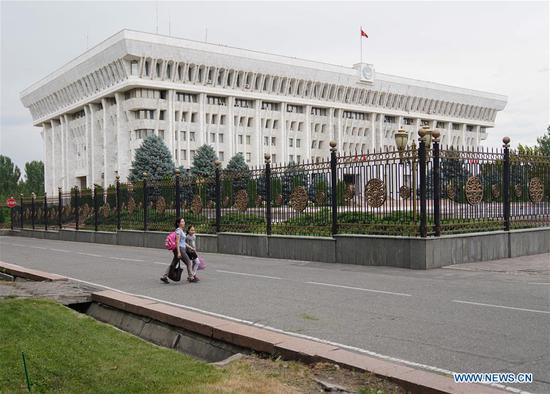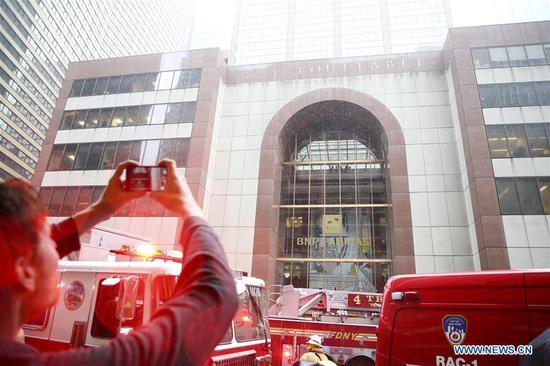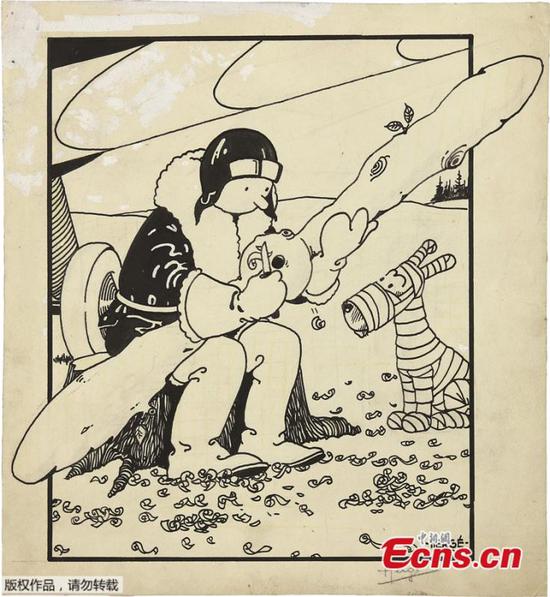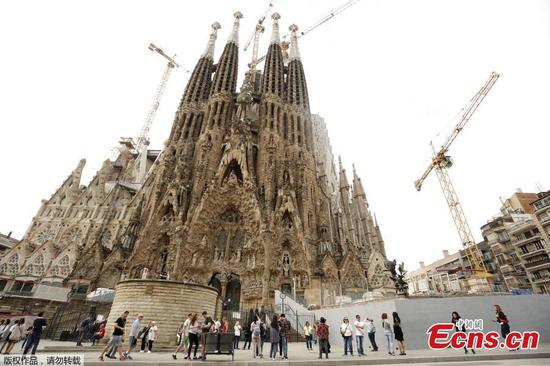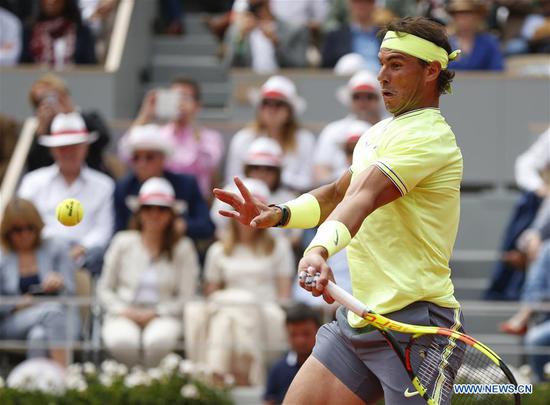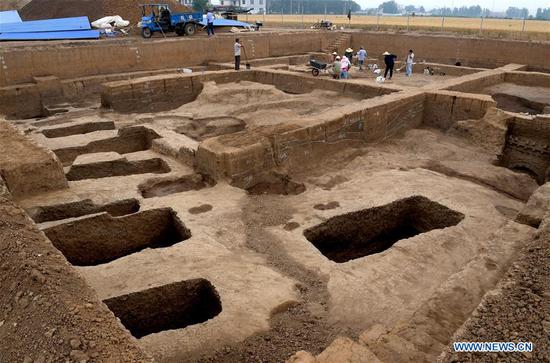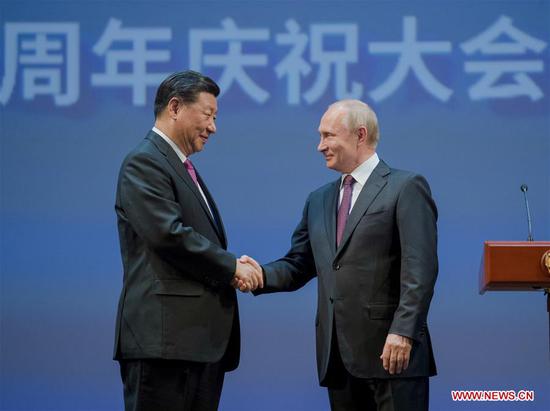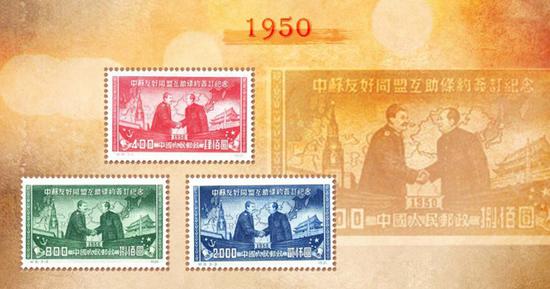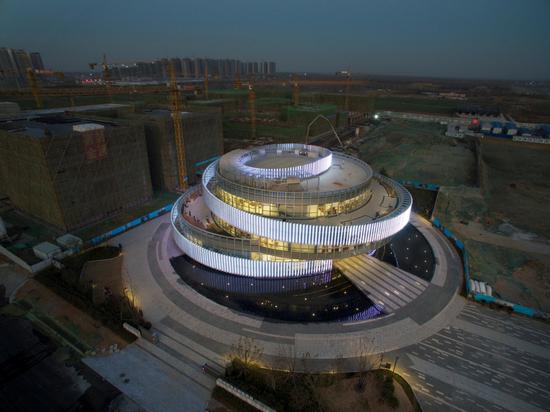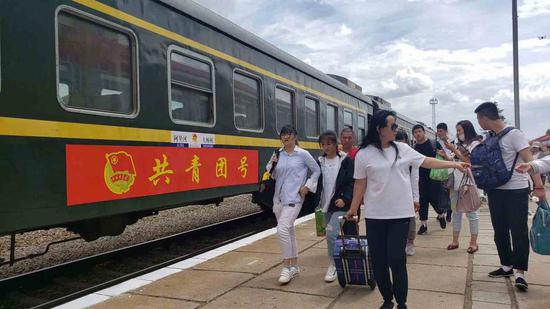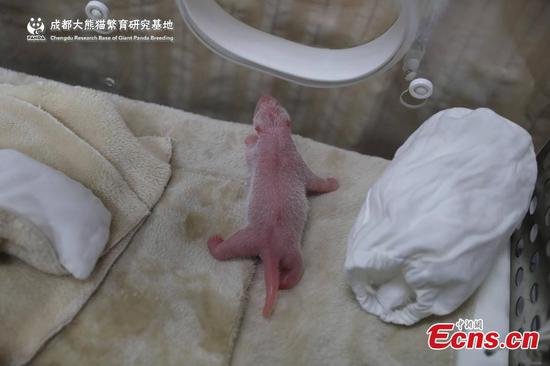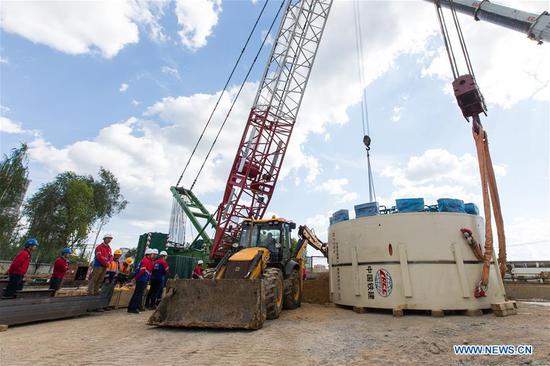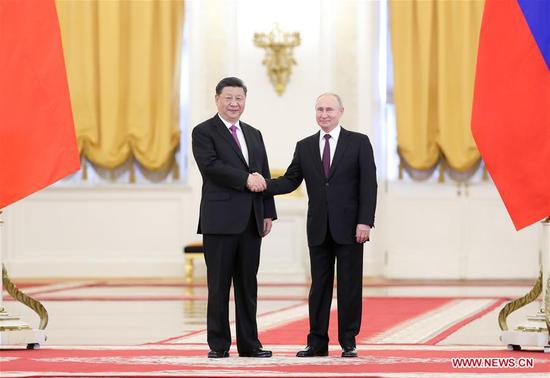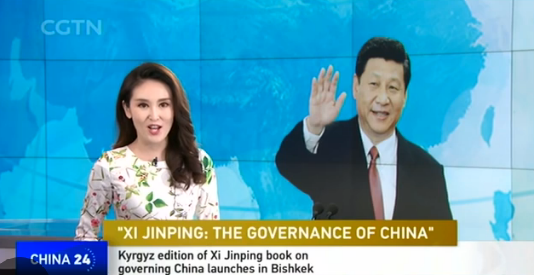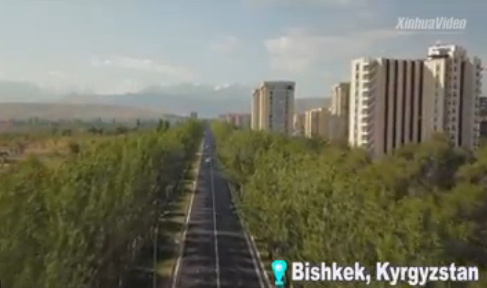Guangzhou and Shenzhen, two megacities in southern China, plan to increase the number of new license plates issued each year by 100,000 and 40,000 respectively form June, in a bid to boost car consumption. The two cities implemented the policy of restricting the purchase of automobiles in 2012 and 2014 respectively, under which automobile consumption has been declining.
According to the Statistics Bureau of Guangdong Province, the retail sales of automobiles in Guangdong fell by 7.7% in the first quarter of 2019, and the decline expanded 17.5 percentage points compared with the same period last year, which has become the primary factor pulling down consumption growth in the two cities.
As a major automobile manufacturing province, the policy, according to some experts, will boost the development of the car manufacturing industry in Guangdong to a certain extent.
However, when a series of new measures came out to allow more families and individuals possessing vehicles, questions like how to ensure car keys go to those hands in need rather than the ones already with many wheels are also raised.
Guangzhou and Shenzhen are already crowded, with over three million cars each, and as the new policy is underway, more cars will hit the road which will inevitably burden the long-jammed traffic.
According to Chen Yanyan, dean of the urban transportation school in Beijing University of Technology, reducing car purchase restrictions and alleviating traffic congestion are not completely contradictory.
She said the past practice of controlling the number of motor vehicles by using the restricted purchase policy could only temporarily ease the traffic instead of eradicating it, but at the same time it hurts auto-markets.
Therefore, Chen said the cities must introduce supporting policies to encourage people to use public transport vehicles as soon as possible to avoid more negative costs to the whole society.
In a number of documents released by the National Development and Reform Commission (NDRC) to promote consumption growth, the central government of China deregulated the issuance of license plates outside congested areas - by which it means central downtown areas - and requested local government to make refined traffic control measures, for example, building a system that allow car owners get vehicle insurance reduction based on the driving time that the owner spends in his or her cars.
Nie Riming, a researcher at Shanghai Institute of Finance and Law, said refined measures should be the main method of solving traffic problems in big cities as big data, cloud computing and other technical means keep developing in China.
"Traffic congestion could be solved by scientific road planning, construction and management. Big data can also contribute to it, so only relying on the restrictive purchasing policy is not enough. The practice of Guangdong this time is an active exploration and a good example for other cities," Nie said.









